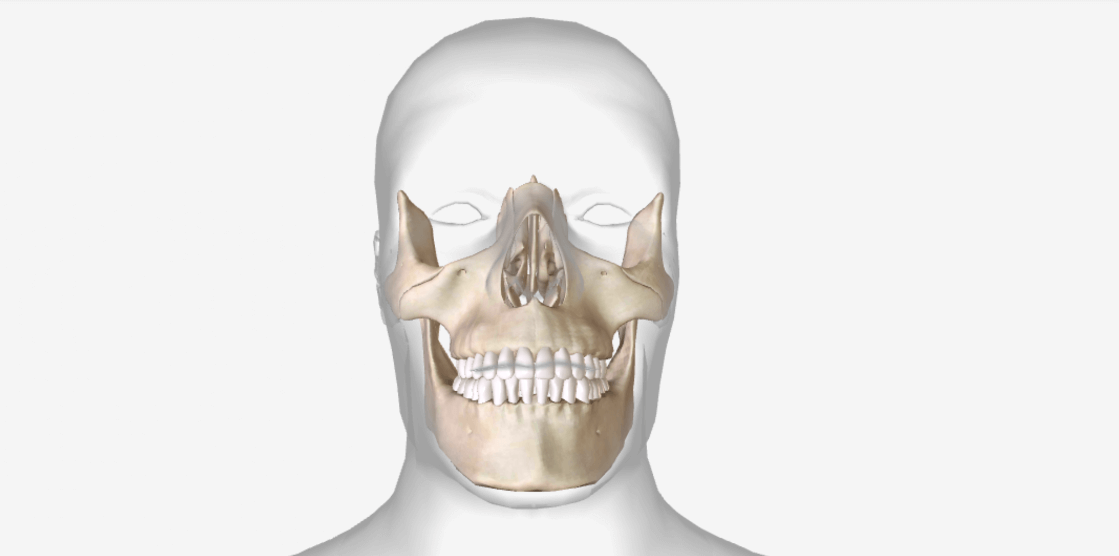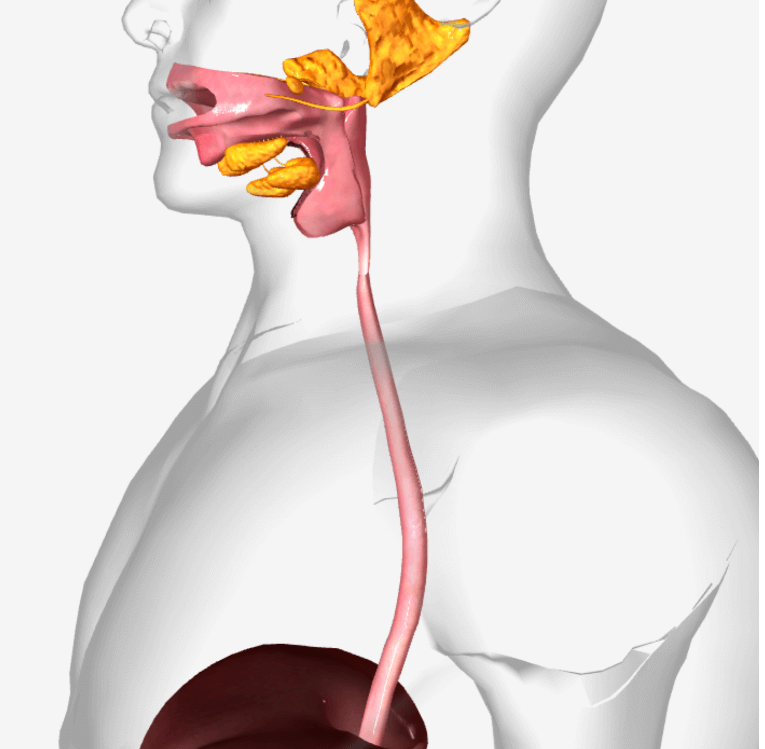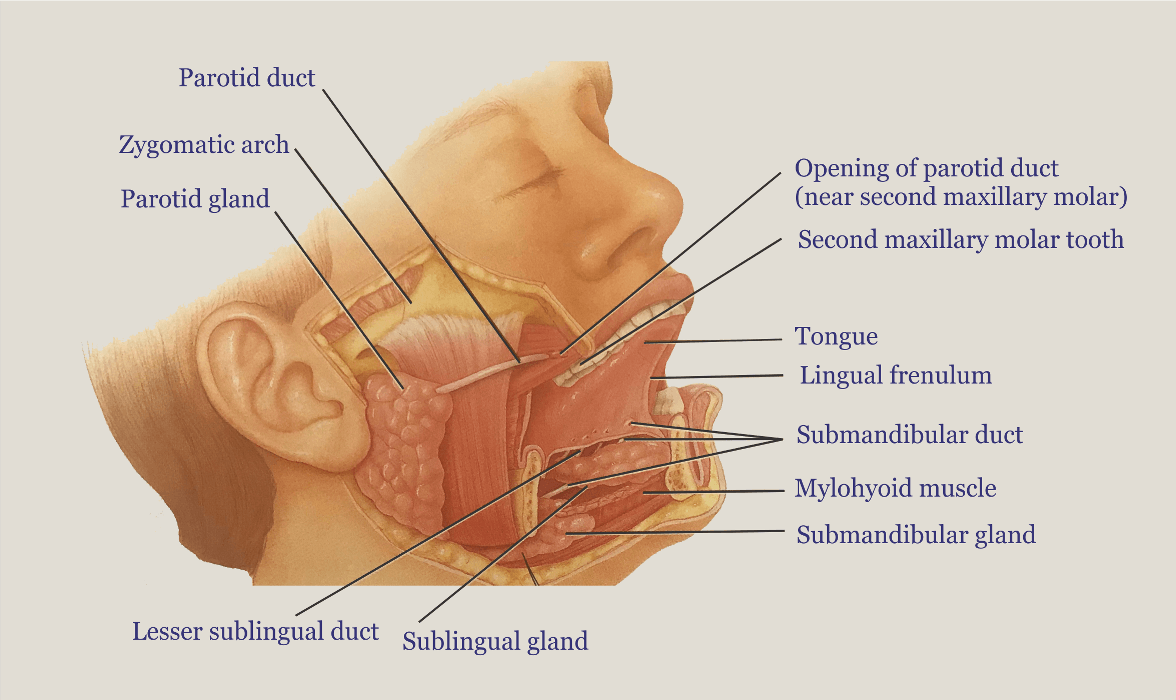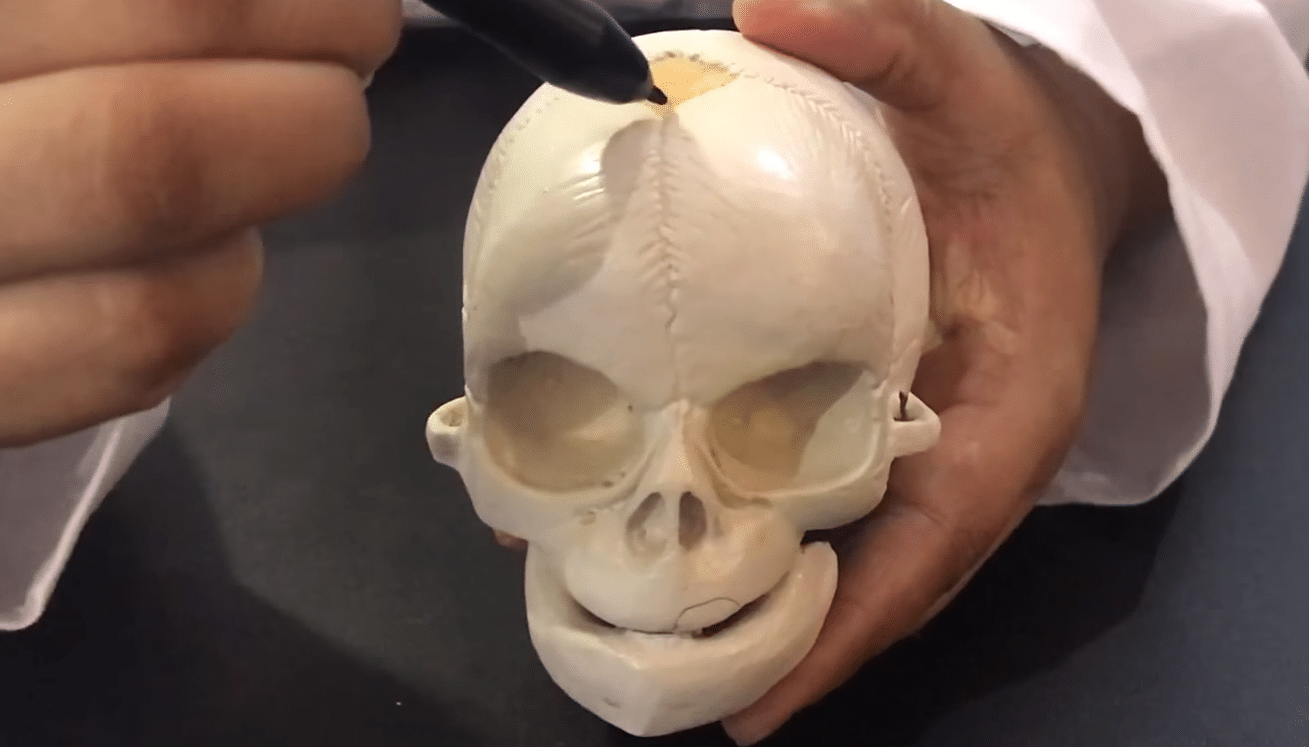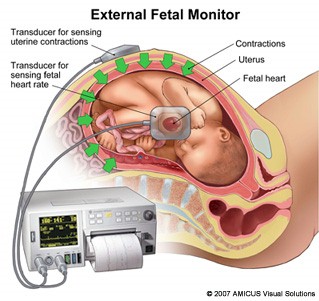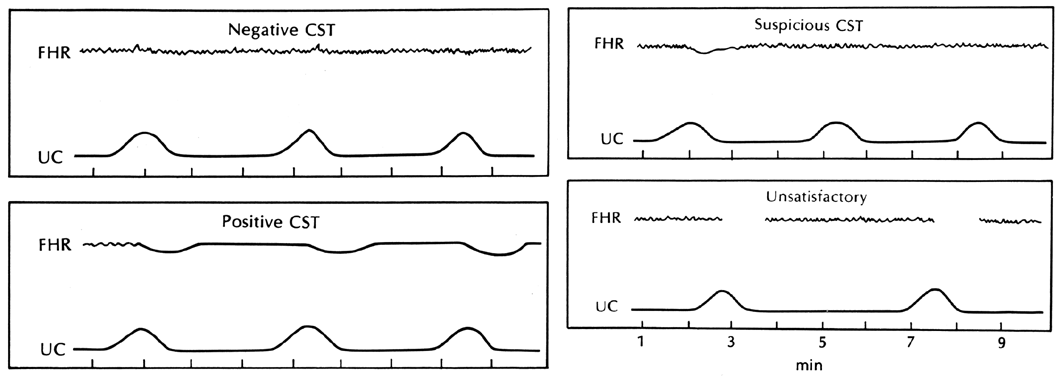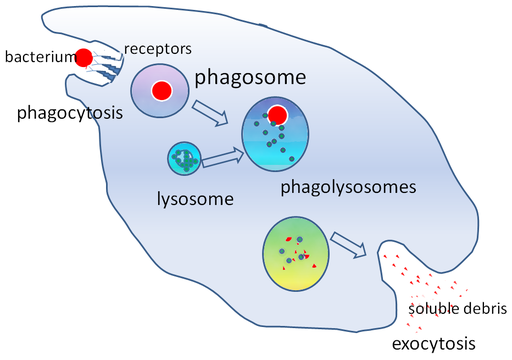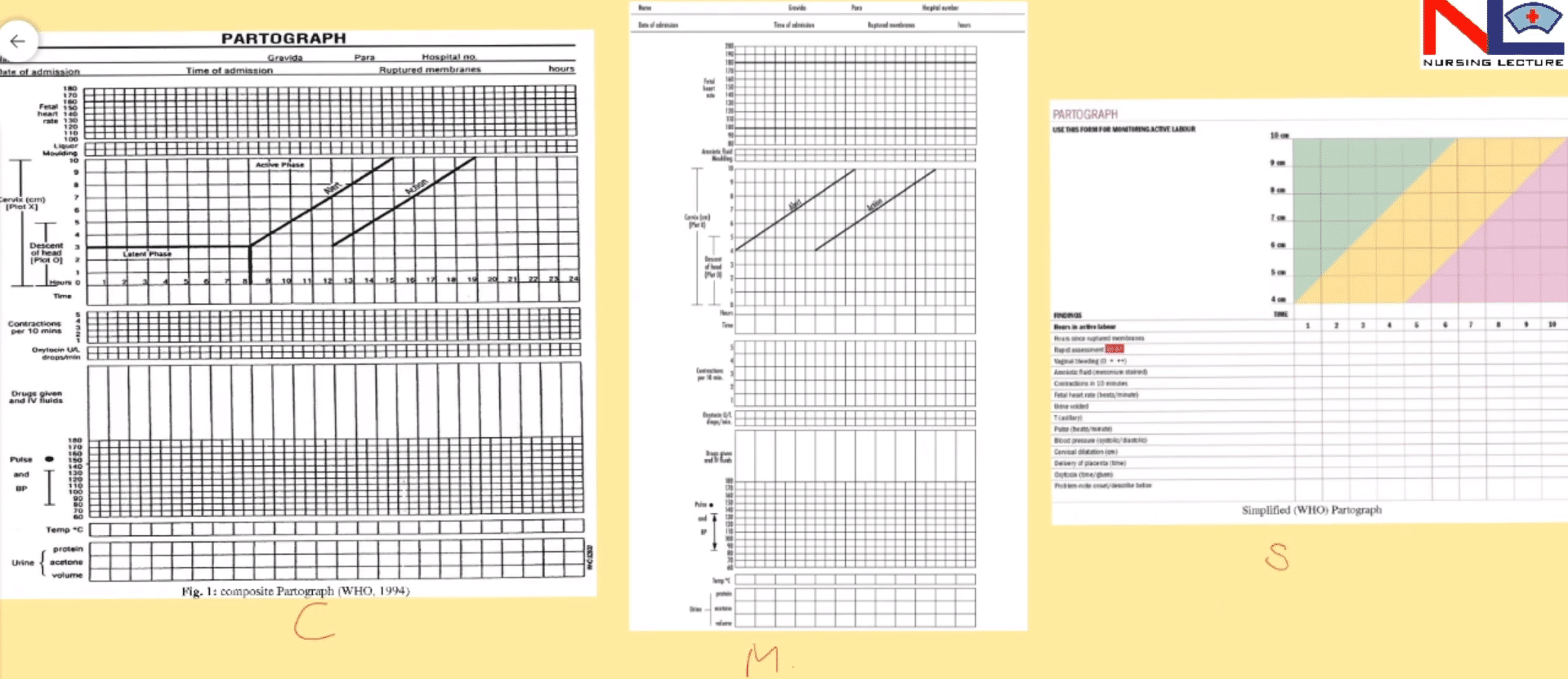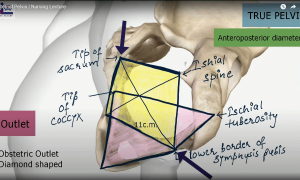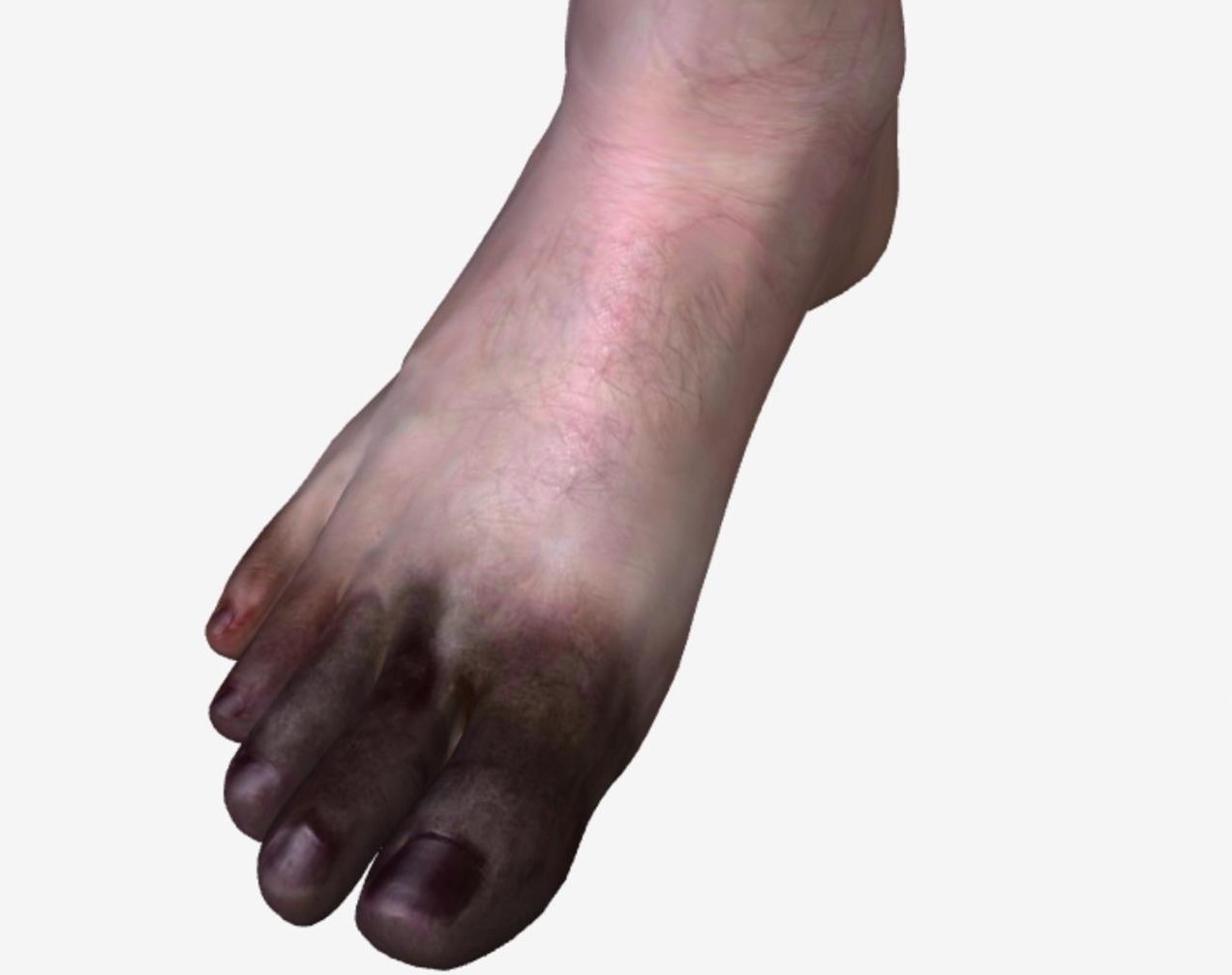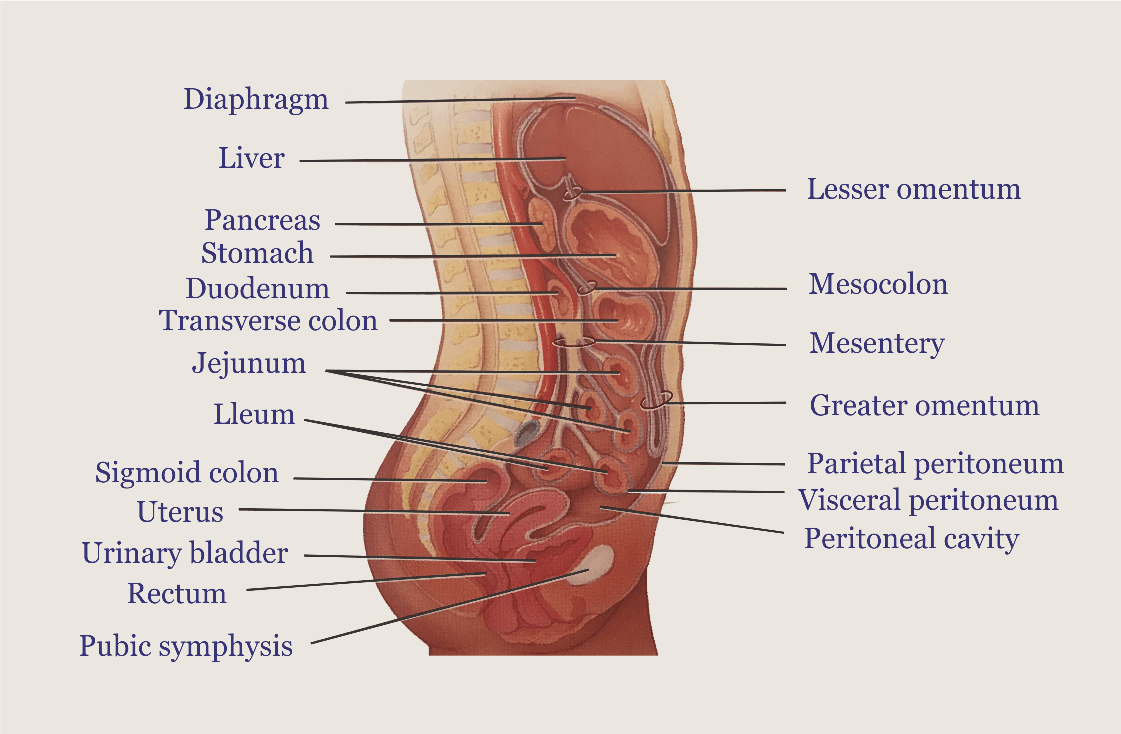Tongue

The tongue is an accessory digestive organ composed of skeletal muscle, it forms the floor of the oral cavity. The tongue is divided into 2 symmetrical halves that extend its entire length and it is attached inferiorly to the hyoid bone, styloid process of the temporal bone, and mandible. Each half of the tongue consists of extrinsic and intrinsic muscles.
A) Extrinsic muscles–
- Which originate outside the tongue and insert into the tongue. which includes hyoglossus, genioglossus and styloglossus muscles.
- The extrinsic muscles move the tongue from side to side and in and out to move food for chewing, shape the food or force the food to the back of the mouth for swallowing.
- They form the floor of the mouth and hold the tongue in position.
B) Intrinsic muscles –
- Originate in and insert within the tongue.
- They alter the shape and size of the tongue for speech and swallowing.
- The intrinsic muscles are longitudinalis superior, longitudinalis inferior, transversus linguae and verticalis linguae muscles.
The lingual frenulum is a fold of mucous membrane present underneath the tongue, is attached to the floor of the mouth and it limits the movement of the tongue posteriorly.
The dorsal and lateral surfaces of the tongue are covered with papillae containing taste buds, the receptors for gustation (taste). Some papillae lack taste buds, but contain receptors for touch and increase friction between the tongue and food.

